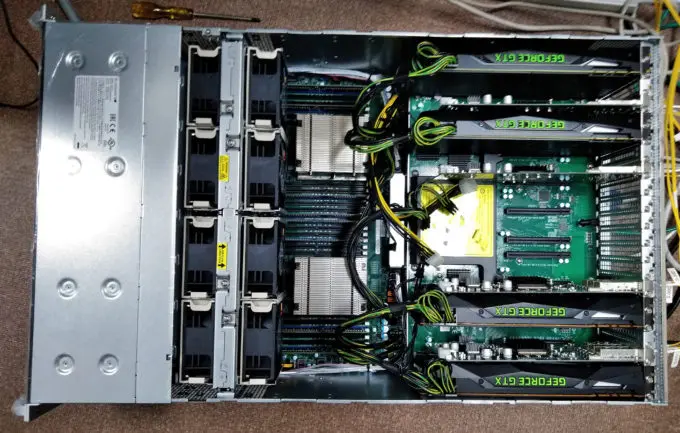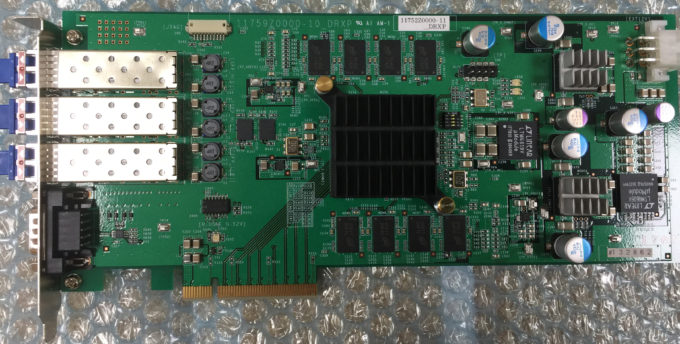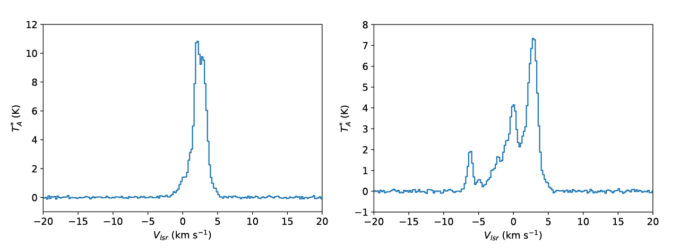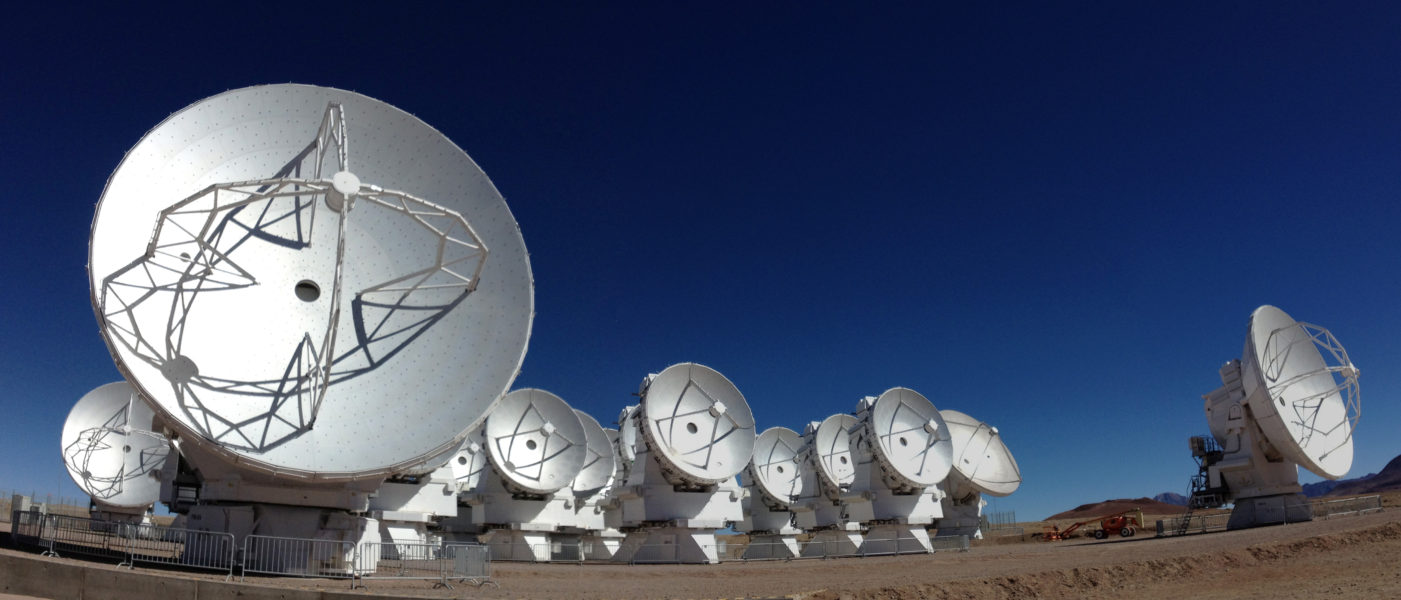ALMA Board Approved Development of New Spectrometer for Morita Array
19 January, 2018 / Read time: 4 minutes
In November 2017, the ALMA Board approved the development of a new spectrometer for the Morita Array designed and developed by Japan for the ALMA telescope. The development will be undertaken by Korea Astronomy and Space Science Institute (KASI) and the National Astronomical Observatory of Japan (NAOJ) as part of the ALMA Future Development Program aiming to keep ALMA continuously producing remarkable scientific results for the future.
A principle investigator of the ACA spectrometer project, Jongsoo Kim, said: “The approval of the ACA spectrometer project by the ALMA board is a recognition of the cost-effective development plan and the successful collaboration between KASI and NAOJ.” He also added that “An ACA spectrometer will become the first instrumental contribution to the ALMA community from Korea through the East Asia partnership."

The new spectrometer under development and GPU boards with the words “GEFORCE GTX” on it. Credit: NAOJ/KASI
Satoru Iguchi, the East Asian ALMA project manager, said, "This is the first large development project led by the Korean ALMA project. Through the ALMA, we will foster stronger collaborations between KASI and NAOJ."
ALMA has achieved ultra-high angular resolution by making a giant virtual telescope with fifty 12-m antennas that can be extended up to 16 km in diameter. On the other hand, the extended antenna configuration has a drawback in capturing radio emissions from astronomical objects that look extended in the sky. To compensate for the shortcoming, ALMA has the Morita Array, also known as the Atacama Compact Array (ACA), which enables a compact configuration with smaller spaces between the antennas. The Morita Array developed by Japan is composed of twelve 7-m antennas and four 12-m antennas. The twelve 7-m antennas are operated as an interferometer, while the four 12-m antennas are done as a single-dish telescope. Radio waves collected by all ACA antennas are processed by the ACA Correlator.

The newly-developed DRXP board for the new spectrometer with the function to receive digital optical signals transmitted from the antenna. Credit: NAOJ/KASI
As the present ACA Correlator is optimized to process signals from twelve 7-m antennas as an interferometer, the signal processing system is not optimized for four 12-m antennas as a single-dish telescope. In this situation, KASI and NAOJ started discussions on the development of a dedicated digital spectrometer for the Morita Array 12-m antennas. The system is called “spectrometer” instead of “correlator” because spectroscopy function (to divide radio waves into different frequency ranges as light is dispersed into different colors by a prism) is needed in data processing for the ACA 12-m antennas but correlation function (to combine data from the antennas) is not necessary. With this development, signals from the 7-m antennas will be continuously processed by the ACA Correlator, while signals from the 12-m antennas will be separately processed by the new spectrometer, which makes it possible to maximize the capability of the Morita Array, especially in measuring the radio intensity very accurately.

Spectra of SiO emission lines in an old star T Cephei, obtained with the new spectrometer under development which was tentatively mounted on the Nobeyama 45-m radio telescope. Credit: NAOJ
In the development of the new digital spectrometer with GPU, KASI is responsible for the design, development, verification and shipping to Chile, while NAOJ assumes the development and system design of software and hardware and integration into the entire ALMA system. The collaborative development has already been started, and the Preliminary Design Review (PDR) for the spectrometer was held in February 2017. In response to the results of the review, the development plan was endorsed by the ALMA Scientific Advisory Committee (ASAC) and then officially approved by the ALMA Board. The development project is moving forward toward the Critical Design Review (CDR) scheduled for the end of 2018 and delivery to ALMA in 2020.
Additional Information
ALMA is a partnership of ESO (representing its member states), NSF (USA) and NINS (Japan), together with NRC (Canada), MOST and ASIAA (Taiwan), and KASI (Republic of Korea), in cooperation with the Republic of Chile. The Joint ALMA Observatory is operated by ESO, AUI/NRAO, and NAOJ.



